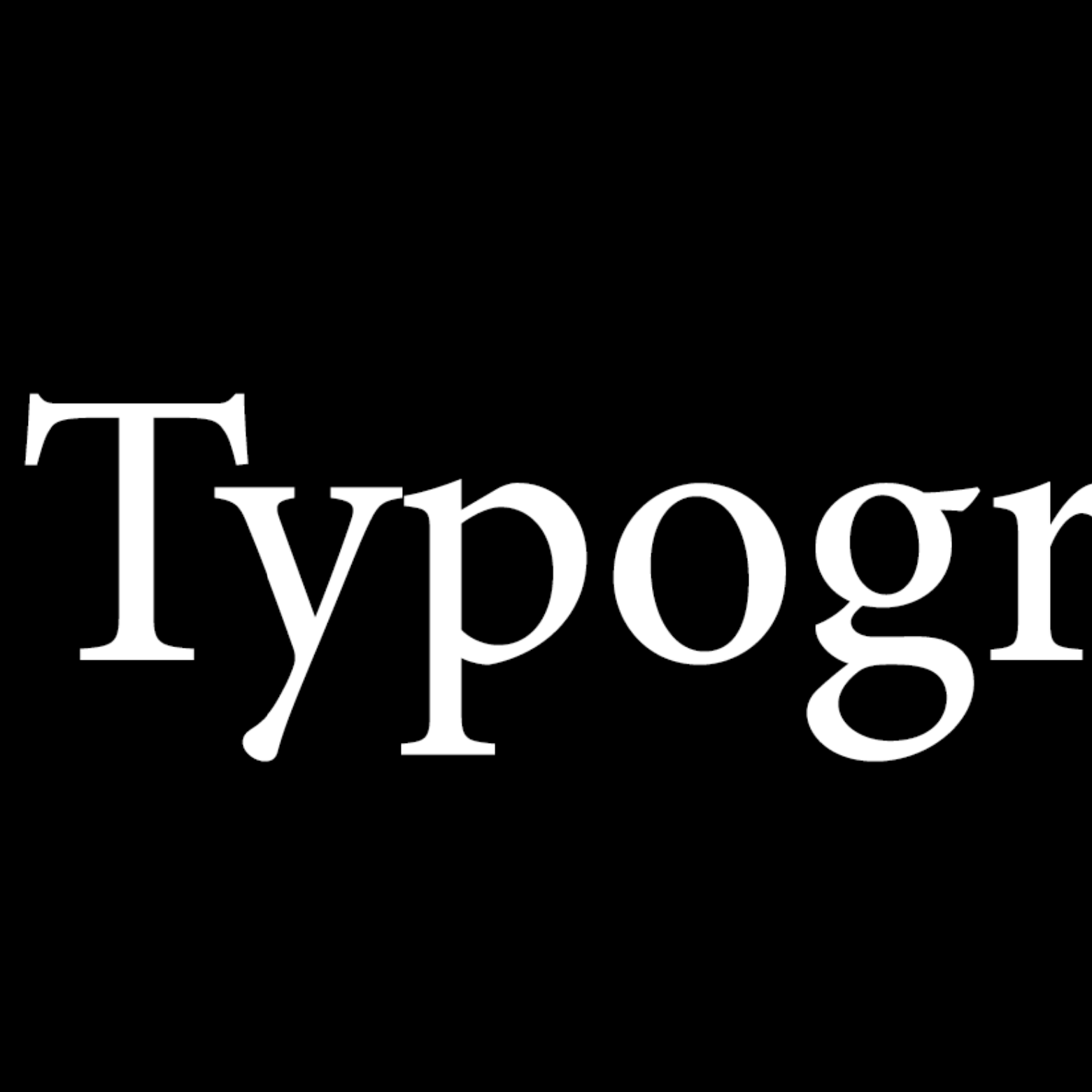- cross-posted to:
- [email protected]
- [email protected]
- cross-posted to:
- [email protected]
- [email protected]
I skimmed the article and not sure I understand the problem. Turkey has some additional glyphs variant of i. So what?
I think that Unicode implements Turkish wrong. I tried to make a proposal to Unicode, but, when I gave that for checking to someone involved in Unicode, I was told that such proposal would be futile because Unicode can’t break compatibility.
Presently, there is a case pair of I where the small I is dotted, and the capital I is dotless, then there are separate dotless small I and dotted capital I. My proposal was that the common case pair of I would have unspecified dottedness, and there would be a separate case pair of dotted I and a pair of dotless I for Turkish.
This was done with the idea that, in most languages, dottedness of I is just a typographic choice similar to the shape of small A. My proposal would enable fonts where small I is by default dotless like in the Carolingian minuscule but which support Turkish.
Does Unicode define case pair relationships of glyphs? My understanding was that it doesn’t and in that case it doesn’t matter.l, right. But I’m sure I’m wrong :)
Not sure I understand what you want these fonts to be able to do. Isn’t that already possible regardless of approach?


